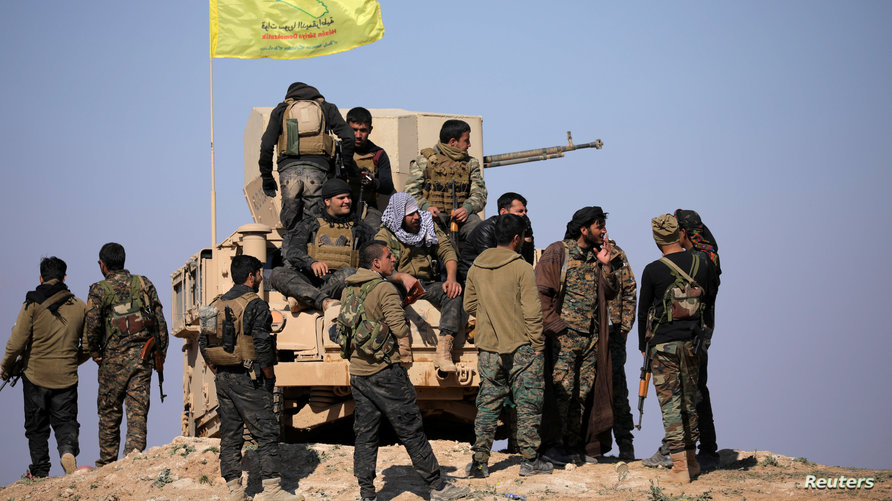
Sources told al-Watan that this change was influenced by a veto communicated by U.S. Secretary of Defense Lloyd James Austin to his Turkish counterpart, Yasar Guler.
The areas controlled by the Syrian Democratic Forces (SDF) in northern and northeastern Syria have experienced a cautious calm over the past two days following a five-day barrage of intense air and ground bombardments by Turkish forces. This violence had resulted in significant damage to infrastructure, including oil, gas, and electricity facilities, amid accusations from the Turkish administration that the SDF was responsible for an attack on the Aviation and Space Industries Company (TOSAS) near Ankara last Thursday.
Field sources within the SDF reported that the pace of Turkish military escalation in Aleppo, Raqqa, and Hasakeh has subsided, returning to a state similar to before the recent surge in violence, with only intermittent artillery shelling targeting some SDF military points.
According to these sources, the likelihood of a Turkish ground offensive into SDF-controlled areas has diminished significantly. This shift follows the deployment of military reinforcements by the Turkish army near the contact lines with its allied forces, known as the National Army, particularly around Ain Issa north of Raqqa and Tal Tamr in the northwestern countryside of Hasakeh.
The sources indicated that this change was influenced by a veto communicated by U.S. Secretary of Defense Lloyd James Austin to his Turkish counterpart, Yasar Guler, during a recent phone call aimed at discussing bilateral and regional defense and security issues, particularly concerning the Turkish bombing campaign against the SDF.
The SDF has expressed relief regarding the U.S. veto, which they anticipated, and is now focused on restoring their defense lines that were damaged by the extensive Turkish bombardment. Meanwhile, the Autonomous Administration of North and East Syria, controlled by the SDF, is assessing the significant material damage to its service and economic sectors in preparation for rehabilitation efforts, particularly in water, electricity, oil, and gas infrastructure.
